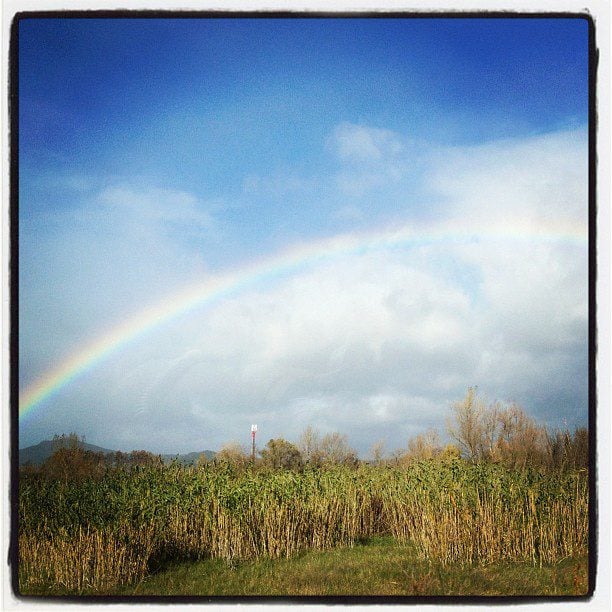To paraphrase Hafiz, there is something about circles that humanity loves. Why? Because the circle has no beginning and no end. It is the picture of wholeness, of unity, of endless potential. But it's not a static picture. The mandala is alive. As Bailey Cunningham says in Mandala: Journey to the Center, the mandala "is both a symbol and manifestation of creation" (emphasis added). C. G. Jung was captivated by this manifestation ability. He spent a lifetime exploring the transformative power of the mandala. In his memoir, Memories, Dreams, Reflections, Jung described how he began to work with mandalas in 1916:
I sketched every morning in a notebook a small circular drawing, a mandala, which seemed to correspond to my inner situation at the time. With the help of these drawings, I could observe my psychic transformation from day to day.
Only gradually did I discover what the mandala really is: "Formation, Transformation, Eternal Mind's eternal recreation." And that is the self, the wholeness of the personality, which ... cannot tolerate self-deceptions.
My mandalas were cryptograms ... In them I saw the self—that is, my whole being—actively at work.
Jung wrote several books on the transformative power of the mandala, including Psychology and Alchemy and Mandala Symbolism. After working with hundreds of clients and their mandalas, Jung observed that the mandala is a kind of central point within the psyche, to which everything is related, by which everything is arranged, and which is itself a source of energy. The energy of the central point is manifested in the almost irresistible compulsion and urge to become what one is [Jung's italics].
... Although the centre is represented by an innermost point, it is surrounded by a periphery containing everything that belongs to the self—the paired opposites that make up the total personality.
I can attest that there is a driving force to become what my mandala depicts, both the conditions at the center and the desires at the periphery. But it's not something I consciously manage or control. This is a very important point. If someone had told me on January 1, 2010, as I was completing my mandala, that in thirty-one days I would no longer be bankrupt, I'd have said it was impossible. But on the soul level, it was not only possible, but it was also easy and perhaps even inevitable.
Jung explained this miraculous power: "Most mandalas have an intuitive, irrational character and, through their symbolical content, exert a retroactive influence on the unconscious. They therefore possess a 'magical' significance ... whose possible efficacy was never consciously felt" (Mandala Symbolism). This is a great relief. It means that you do not have to, nor should you, have conscious control over everything you put on your mandala. Lao Tzu knows why:
Trying to control the future
is like trying to take the master carpenter's place.
When you handle the master carpenter's tools,
chances are that you'll cut yourself.
—Tao Te Ching, verse 74, Translation by Stephen Mitchell
There is something far greater than individual will at work in the mandala. To Jung it appeared as if "the solution, seemingly of its own accord, appears out of nature ... felt as 'grace'" (Memories, Dreams, Reflections).
No one understood this mysterious grace better than Jose and Miriam Arguelles. Their definitive book Mandala, long out of print, is my essential mandala resource. Every time I open it, I find something deep to ponder. They begin by explaining the principle of the center, which is the source of the mandala's energy: "The center is the beginning of the Mandala as it is the beginning and origin of all form ... The center is symbolic of the eternal potential." Then they explain how we work with that eternal potential:
Essentially, each human being is a Mandala ... ; but this Mandala must be developed and created anew for each individual . . . . The Mandala may be regarded as an engine of change, releasing energy to the extent to which the individual using it and concentrating upon it is capable of identifying himself with it. Ultimately, the Mandala leads its user to a visualization and realization of the source of energy within.
I love the term an engine of change. It sets my heart singing. But how is a mandala an engine of change? For that we need a dose of modern physics. Einstein opened the door when he said, "A human being is part of the whole, called by us 'universe,' a part limited in time and space. He experiences his thoughts and feelings as something separate from the rest-a kind of optical delusion of his consciousness." In Science and the Akashic Field, Ervin Laszlo, the great systems theorist, explains,




